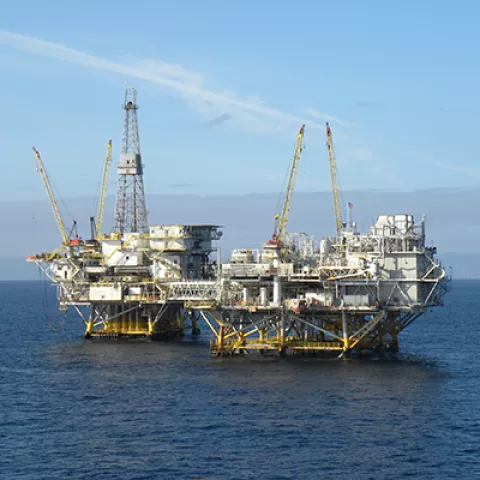
Oil production from submerged federal lands, the U.S. Outer Continental Shelf, accounted for 72 percent of all oil production from federal lands in 2016. The Bureau of Safety and Environmental Enforcement pointed to the critical role that the offshore oil and gas industry plays in meeting our country’s energy needs as it marked the start of “Energy Week.” Natural gas production from federal lands offshore represents 27 percent of all natural gas produced on federal lands.
“BSEE remains persistent in its commitment to ensure safe and environmentally-responsible operations as the offshore oil and gas industry works toward enhanced production to meet our country’s energy needs,” BSEE Director Scott Angelle explained.
In 2016, 592.5 million barrels of oil and 1.25 trillion cubic feet of natural gas were produced from all three offshore regions: offshore Alaska, the Gulf of Mexico, and the Pacific Ocean. Domestic oil and gas production from the U.S. Outer Continental Shelf provides for so much more than the obvious energy required to power the nation. Angelle described, “Through industry activity, jobs are created, taxes are paid, and America is stronger and bolder with each barrel of oil and cubic foot of natural gas produced.”
“There is no question the offshore oil and gas industry has a critical role in moving this country forward toward Interior Secretary Zinke’s goal of energy dominance,” Angelle stressed. “BSEE engineers, inspectors, and all of the BSEE team understand this contribution and work diligently every day to ensure America’s energy future.”
More than 85 oil and gas companies operate on federal submerged lands, and there are more than 2,100 offshore production platforms and approximately 26,800 miles of pipelines transporting oil and gas to shore.
